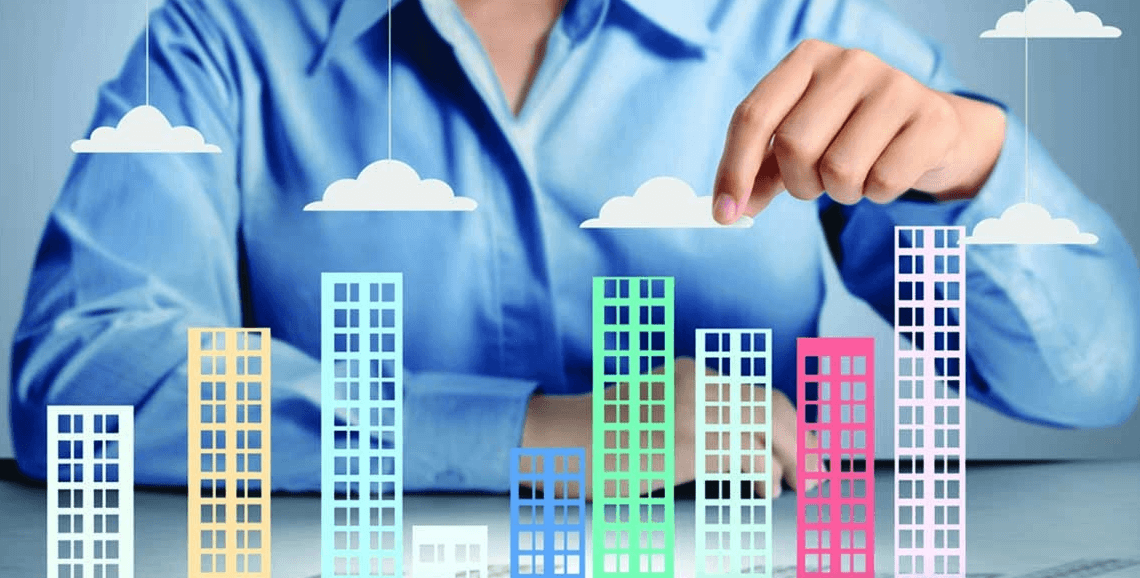Introduction
As urbanization continues to reshape cities and communities, park developers are bringing balance back to residential living by integrating expansive green spaces into modern developments. These developers understand that access to nature is no longer a luxury but a necessity, offering residents healthier, more vibrant lifestyles. By combining thoughtful planning, lush landscapes, and functional outdoor areas, park developers are redefining real estate with a focus on wellness, community, and sustainability.
Park developers specialize in creating communities where natural surroundings play a central role. Instead of treating parks as add-ons, they design neighborhoods where green spaces form the heart of daily life. Landscaped gardens, jogging paths, open fields, and tree-lined walkways create serene environments that encourage residents to embrace outdoor living. This approach enhances both physical health and mental well-being, offering a refreshing contrast to the stress of urban life.
These developers also emphasize the social value of parks. Community green spaces are designed to foster interaction, with picnic areas, playgrounds, and event lawns encouraging neighbors to connect and bond. By blending leisure and recreation, park-centric developments help cultivate stronger, more engaged communities where families, children, and seniors all find spaces suited to their lifestyles.
Environmental responsibility is another key focus of park developers. Projects often incorporate native plants, sustainable landscaping, and eco-friendly water management systems to reduce environmental impact while maintaining natural beauty. In doing so, developers not only create healthier environments for residents but also contribute to the preservation of local ecosystems.
Park developments also prioritize accessibility and functionality. Well-designed layouts ensure that parks and green spaces are easily reached from every part of the community, making outdoor activities part of daily routines rather than occasional experiences. Integration with walking and cycling networks adds another layer of convenience, promoting active and sustainable living.
From an investment standpoint, park-focused developments hold strong appeal. Homes near parks and green spaces often enjoy higher property values, as buyers increasingly prioritize access to outdoor environments that promote wellness and family life. These communities attract diverse demographics, from young professionals to retirees, all seeking the balance of modern convenience with natural surroundings.
Conclusion
Park developers are shaping communities that blend modern living with the timeless benefits of nature. By making green spaces the centerpiece of design, they provide environments that promote wellness, sustainability, and social connection. As demand for healthier and more balanced lifestyles grows, park developers will continue to lead the way in building communities where nature and modernity thrive together.




